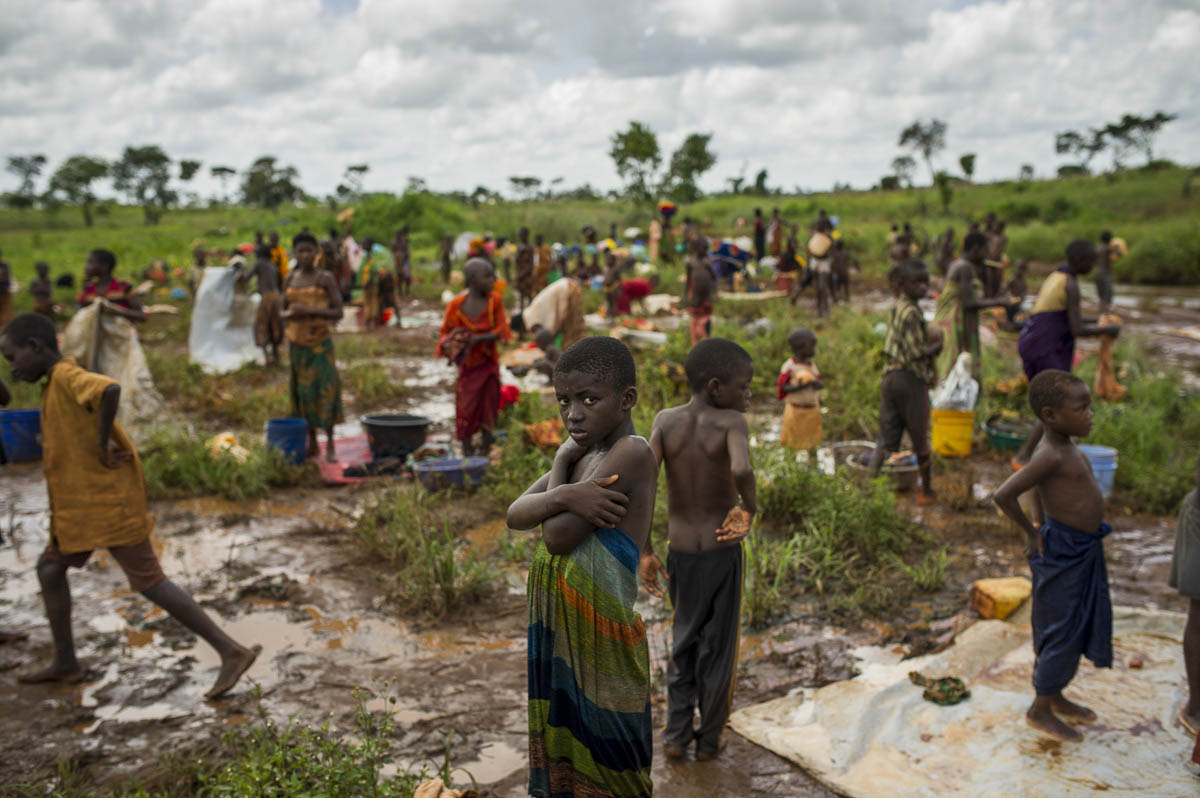
In the wake of the Rwandan genocide, the turmoil which shakes the Great Lakes region of Africa involves 9 countries.
This war that has been going on for over 18 years is the result of various factors: the weakness of the Congo State, the Army of Rwanda, old colonial frontiers, poverty lead by ethnic tensions, natural resources, overpopulation of the Great Lake region, the militarization of the informal economy, the world’s demand for natural resources, the instability in Burundi and the helplessness of the United Nation.
The toll is heavy: in twenty year, 6 million people are dead, some 4 millions have fled their countries, refugee camps are saturated and hundreds of thousands are now impoverished. The populations do not succumb to the bombs. They die of diseases and hunger. Rapes and destruction of social fabrics have become the new weapons of war.
Violence is now monetized.
How do we explain the mutism of the international community? How come a toll of 6 million dead does not cause a collective outrage? How come current affairs deliberately omit this tragedy that is happening right under our noses when international correspondent relentlessly work to shed the light on this catastrophe?
Followed by a reception prepared and animated by Eric Valmir (France Inter), Jean-Philippe Rémy (Le Monde) and Justine Brabant..
Crédit photo : Phil Moore
Pavillon Prix-Bayeux-Calvados
Place Gauquelin-Despallières
Doors open at 8 pm
Free Admission
